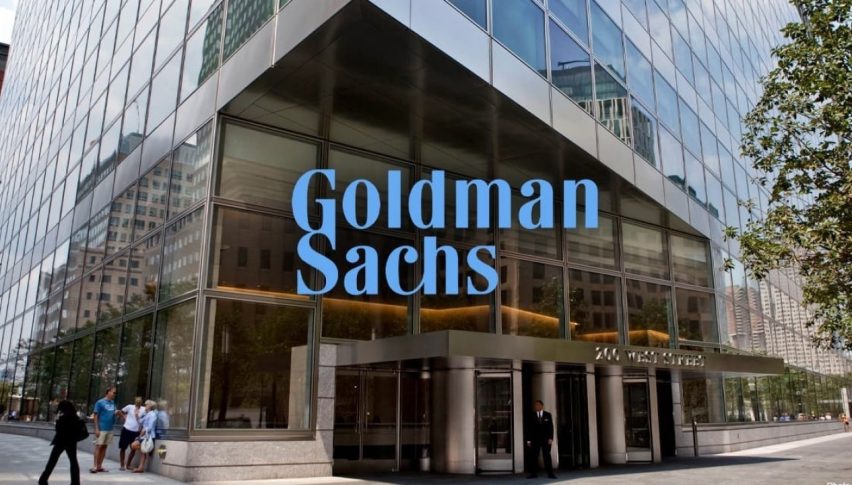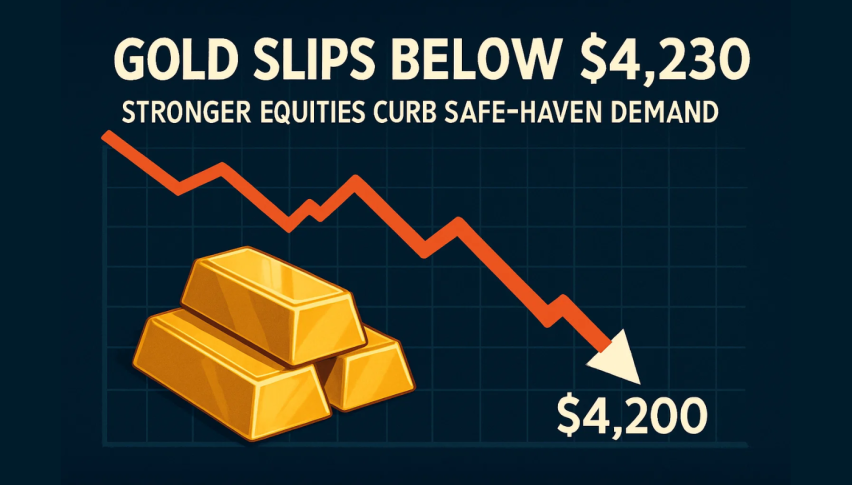Goldman Sachs: “How Central Banks and ETFs Are Shaping Gold’s Future”

Quick overview
- Gold price dynamics are primarily influenced by buyer behavior, particularly central bank purchases, rather than mine supply.
- Goldman Sachs reports that 70% of monthly gold price movements are driven by conviction flows from central banks, speculators, and ETFs.
- Central banks have shifted from net sellers to net buyers of gold, especially after the global financial crisis and geopolitical tensions in 2022.
- Unlike other commodities, higher gold prices do not necessarily lead to increased supply or reduced demand due to the storage nature of gold.
Gold price dynamics are more influenced by who is buying than by mine supply, with central bank purchases having a significant impact, according to Goldman Sachs. Unlike natural gas or oil, gold is stored rather than consumed, so traditional supply-demand models are inadequate.

Lina Thomas, a strategist at Goldman Sachs, noted in a report that “70 percent of monthly gold price movements can be explained by conviction flows, the directional force.” These conviction buyers include speculators, exchange-traded funds (ETFs), and most notably, central banks.
ETFs respond slowly to changes in Fed policy and are highly sensitive to rate changes, while central banks buy ETFs for geopolitical or financial reasons. “100 tonnes of net purchases by conviction holders – central banks, speculators, and ETFs – correspond to a rise in the gold price,” according to Goldman strategists
Opportunistic buyers—like households in emerging markets—play a supporting role by offsetting fluctuations. This explains why central bank purchases often cause gold to move more than investors might expect.
Unlike other commodities, higher prices do not always lead to increased supply or reduced demand since emerging-market households rarely sell and mostly keep their gold stored, and mine output remains steady and price-inelastic.
Central banks shifted from net sellers to net buyers after the global financial crisis and when Russia’s reserves were frozen in 2022.
Thomas explained, “Gold is the only reserve asset that can be frozen if held domestically, so emerging market (EM) central banks responded by purchasing it.” This fivefold spike in official demand altered the relationship between interest rates and gold prices, as sovereign accumulation more than offset ETF outflows. The report also highlights how financial and geopolitical concerns generate long cycles in central bank demand.
- Check out our free forex signals
- Follow the top economic events on FX Leaders economic calendar
- Trade better, discover more Forex Trading Strategies
- Open a FREE Trading Account


